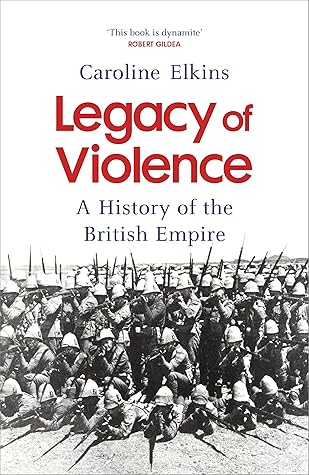“new grassroots political infrastructure,” called for a general strike. “Alongside the national committees,” as the historian Charles Anderson points out, “there were committees for strike supervision, medical relief, financial support, provisioning, legal services, and the boycott of Jewish and British goods, as well as arbitration and conflict resolution bodies and a host of women’s and students’ groups.”
Welcome back. Just a moment while we sign you in to your Goodreads account.


